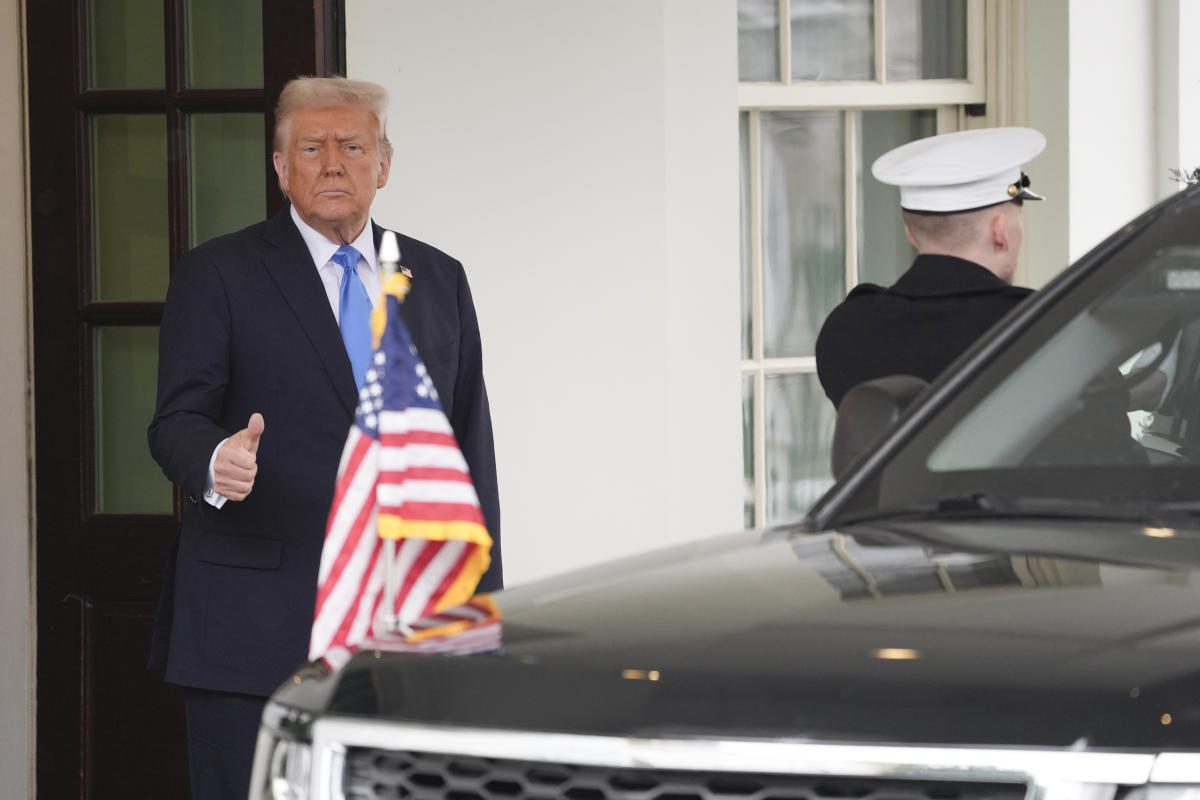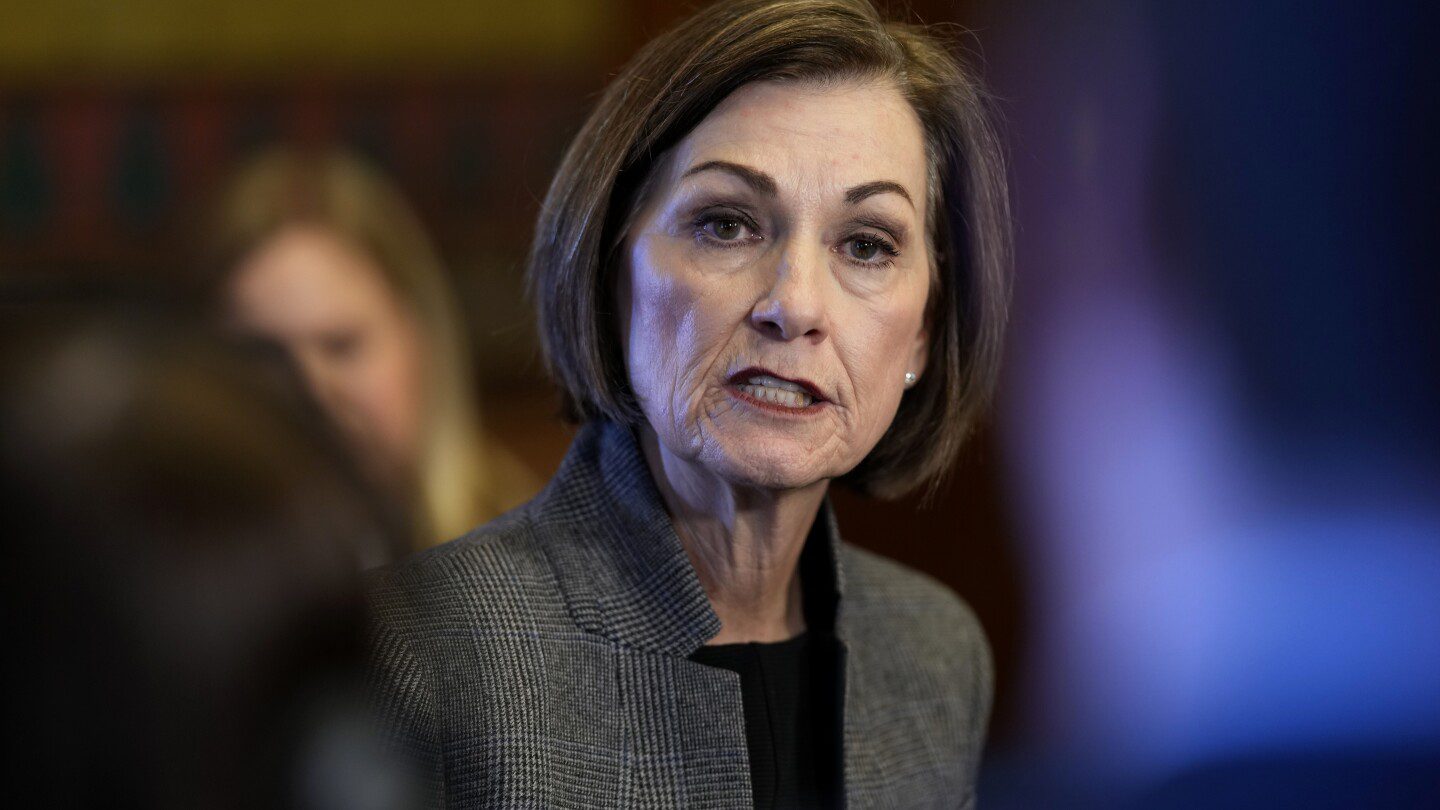
Title: Trump’s New Tariff Strategy: A Shift in Global Trade Relations
Introduction
President Donald Trump is poised to take significant steps that could alter the global trade landscape, with plans to sign an executive order as early as Wednesday. This order is expected to establish a policy requiring U.S. tariffs on imports to align with the tax rates imposed by other nations.
Reciprocal Trade Policy
"This is a moment for reciprocity," Trump remarked to reporters earlier this week. He emphasized that the term ‘reciprocal’ would be a key theme moving forward, signaling a more aggressive stance in international trade relations: "If they impose charges on us, we will impose the same on them."
Anticipation Surrounding the Order
While Trump hinted at announcing the tariffs on either Tuesday or Wednesday, the expected declaration did not materialize, prompting questions about whether he would still sign the order on Wednesday. Trump’s response was noncommittal: “We’ll see what happens.”
Economic Implications of Tariffs
Since taking office, Trump has introduced a series of tariffs, firmly positioning himself as the architect of the U.S. economic strategy. His administration is banking on these measures to yield significant results for the American public, despite acknowledging potential adverse effects, such as inflation and disruptions within the economy. The ultimate impact of these tariffs will hinge on their specifics and how trading partners react.
A comprehensive reciprocal tariff strategy could mean increased costs for U.S. consumers and businesses, particularly as last year’s imports topped $4.1 trillion according to data from the Census Bureau. Such a move might initiate a wave of retaliatory actions from other nations, potentially disrupting global economic growth and reshaping the U.S.’s relationships with both allies and rivals.
A Historical Shift in Trade Approach
By advancing this order, Trump would fulfill a long-standing promise to increase taxes on a broad range of imported goods, diverging significantly from his predecessors who typically viewed tariffs as strategic tools or barriers to minimize. Trump’s approach seems to aim for a return to a system akin to that of the 1890s, when import taxes were a primary government revenue source.
Should job growth fail to materialize and inflation remain high, Democratic lawmakers may leverage this policy as evidence that Trump prioritized the wealthy at the expense of the middle class.
Consumer Impact and Political Repercussions
Senate Democratic leader Chuck Schumer highlighted the ramifications for consumers, stating, “Regardless of how you look at it, prices are going to rise.” He pledged to work with colleagues to reverse these changes to alleviate financial pressure on consumers and diminish the influence of billionaires in the process.
Broader Trade Dynamics
Trump’s administration previously enacted a 10% tariff on China due to its role in the production of fentanyl, to which China has responded with countermeasures. As of March 1, Trump indicated readiness to impose tariffs on Mexico and Canada, citing their insufficient efforts against illegal immigration and drug trafficking.
Recently, he revised the exemptions for his 2018 steel and aluminum tariffs, intensifying the duty rates on aluminum, while also contemplating additional taxes on imported vehicles, computer chips, and pharmaceuticals.
Global Responses to U.S. Tariffs
Many of America’s key trading partners are gearing up for a significant economic fallout in reaction to Trump’s expected policies. European Union leaders have made it clear that they will not tolerate unfounded tariffs and will retaliate proportionately, which could include imposing taxes on popular U.S. goods such as motorcycles, jeans, bourbon, and peanut butter. Mexico and Canada, being America’s two largest trade partners, are similarly preparing their responses.
Future Prospects for Tariffs
Although numerous aides within Trump’s circle assert that the overarching goal of these tariffs is to establish reciprocal trade relationships, Trump has framed them as a means to pressure neighboring countries. Analysts, however, have pointed out that this may not be the final word on tariffs, and further announcements are anticipated as the administration’s term progresses.
According to analysts from Goldman Sachs, “We are in only the fourth week of a four-year term, and additional tariff policies are likely on the horizon.” Strategist Michael Zezas from Morgan Stanley echoed this sentiment, stating that the trajectory of tariffs will significantly influence economic performance, inflation trends, interest rates, and Federal Reserve strategies throughout the year.
Conclusion
This pivotal shift in U.S. tariff policy represents a move away from the principles of globalization that dominated previous decades, potentially reshaping the economic landscape for both businesses and consumers while creating new challenges and opportunities in the years to come.









